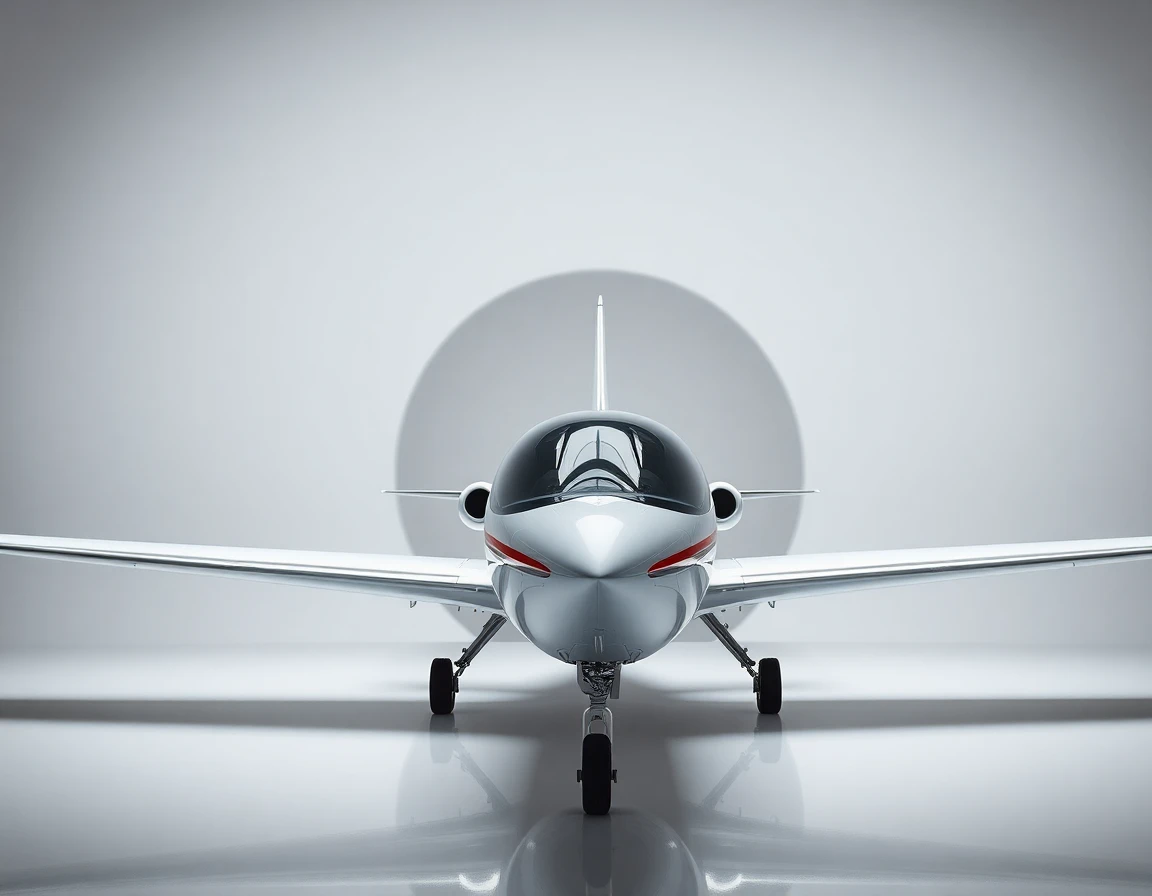The aerospace and defense industries are undergoing a significant transformation as they shift towards sustainability and efficiency. Central to this evolution is the innovative use of carbon and carbon-based materials, which offer lightweight solutions while addressing the pressing need for decarbonization. As we head into 2025, the momentum behind these advancements is palpable, driven by a combination of new technologies and market demands.
Sustainability and Decarbonization Efforts
Climate change has placed immense pressure on the aerospace sector to reduce its carbon emissions. Decarbonization has emerged as a top priority, with industry leaders pursuing a multi-faceted approach to cut down on their carbon footprint. This includes the adoption of sustainable aviation fuels (SAFs), which are derived from renewable resources and offer a cleaner alternative to traditional jet fuels.
Moreover, advancements in propulsion technologies—such as electric, hydrogen, and hybrid systems—are becoming increasingly prominent. These innovations are complemented by the integration of digital tools, such as digital twins and smart factories, which optimize aircraft design and operations for enhanced fuel efficiency. The emphasis on reducing emissions aligns with global sustainability goals and the industry’s commitment to innovation.
Growth of Aerospace Composites Market
The aerospace composites market is poised for substantial growth, projected to increase from USD 35 billion in 2025 to USD 58 billion by 2030, representing a compound annual growth rate (CAGR) of 10.4%. Carbon fiber composites play a crucial role in this expansion, providing a lightweight yet strong alternative to traditional materials. The application of these composites in aircraft design not only improves fuel efficiency but also significantly reduces emissions.
For instance, the incorporation of carbon fiber reinforced polymers (CFRPs) enables manufacturers to construct lighter airframes without sacrificing safety or performance. This reduction in weight translates directly to lower fuel consumption and extended flight ranges, making carbon fiber composites indispensable in modern aircraft design.
Carbon Fiber Market in Aerospace and Defense
The carbon fiber market specifically targeted at aerospace and defense applications is anticipated to reach approximately $2 billion by 2030, growing at an annual rate of 7% from 2023. The versatility of carbon fiber makes it suitable for various aircraft types, including commercial jets, military drones, and helicopters.
The superior strength-to-weight ratio and durability of carbon fiber materials are critical for meeting the rigorous demands of both commercial and defense sectors. As a result, manufacturers are increasingly integrating carbon fiber into their products, enhancing performance while contributing to sustainability goals.
Manufacturing and Supply Chain Innovations
The push towards integrating carbon materials into aerospace applications is supported by significant advancements in manufacturing processes. Modern techniques are focused on minimizing waste, such as off-cuts of carbon fiber, while accelerating innovation cycles. This not only streamlines production but also fosters rapid integration of carbon fiber systems into existing frameworks.
In the defense sector, rapid procurement strategies and the adoption of off-the-shelf solutions are becoming more common, enabling quicker responses to evolving battlefield technologies. Digitalization and enhanced supply chain resilience are also pivotal trends, ensuring that carbon materials are integrated efficiently into aerospace and defense platforms.
For instance, the deployment of high-precision advanced navigation systems utilizing precision accelerometers and quartz MEMS gyroscopes is revolutionizing navigation capabilities in both commercial and military aircraft. These technologies enhance measurement accuracy and stability, further illustrating the synergies between advanced materials and cutting-edge systems.
Conclusion
As the aerospace and defense industries continue to navigate the complexities of sustainability and performance enhancement, the role of carbon and carbon-based materials becomes increasingly vital. With a focus on decarbonization through innovative technologies, the demand for lightweight carbon fiber composites is set to drive market growth significantly.
Looking ahead, the integration of advanced manufacturing techniques and digital tools will further solidify carbon’s place in the future of aerospace. As industry stakeholders embrace these trends, they are not only contributing to a more sustainable future but are also setting new standards for performance and efficiency in aviation.
References
-
Aerospace Composites Market Growing at 10.4% CAGR During … (www.prnewswire.com) - 9/3/2025 PRNewswire/ — According to Mordor Intelligence, the global aerospace composites market is expected to expand from USD 35 billion in 2025 …
-
New Technology Trends in Aerospace and Defense Industry [2025] (www.epicflow.com) - 8/21/2025 In 2025, the aerospace and defense industry is projected to grow and progress: the air travel demand has already returned to the pre-pandemic level, …
-
Aerospace & Defense Outlook: Future Tech [2025] (www.logic-fruit.com) - 2/13/2025 Sustainability. The aerospace industry is being forced to lower its carbon footprint because of growing traveler concerns about climate change.
-
[PDF] Emerging trends in aerospace and defense 2025 (assets.kpmg.com) There is still significant low-hanging fruit to be plucked in A&D manufacturing processes and designs. Reducing waste is a big one — off-cuts of carbon fiber …
-
Carbon Fiber In The Aerospace and Defense Market - Lucintel (www.lucintel.com) - 1/1/2024 The carbon fiber in aerospace and defense market is expected to reach an estimated $2 billion by 2030 with a CAGR of 7% fro m 2023 to 2030.



